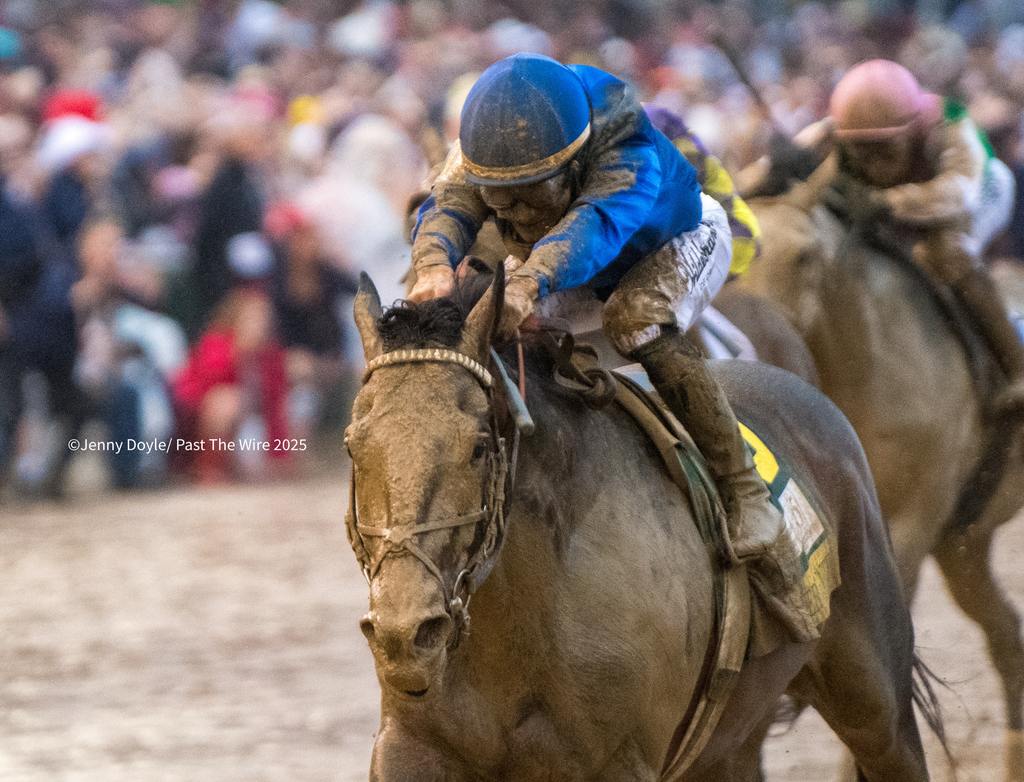
The Kentucky Derby is more than a horse race; it is a cultural institution and one of the most challenging events to predict in all of sports. Every year, a consensus forms around a handful of top contenders, with one horse usually anointed the morning-line favourite. This is the animal that, on paper, appears to be the most talented, possessing the best combination of speed, stamina, and past performance. Yet, history has repeatedly shown that the “best” horse does not always end up in the winner’s circle at Churchill Downs. The path to victory is littered with variables that can undo even the most promising champion.
The role of the favourite is a central part of the betting narrative. On major platforms, you will see odds that reflect this status, though the exact numbers can differ based on the house’s assessment and early wagering. When looking for a Caesars Sportsbook promo code, for instance, a bettor might notice that the favourite’s odds are slightly different compared to other sportsbooks. This variation reflects how each platform weighs the horse’s chances against the immense pressures of the Derby. Understanding that the favourite is never a certainty is a fundamental first step.
The Chaos of a Twenty-Horse Field
Unlike most races, which feature eight to twelve runners, the Kentucky Derby stuffs the starting gate with up to twenty-three-year-olds. This crowded environment is the single most significant factor that separates the Derby from any other race. The sheer number of competitors generates immense traffic, making the race a physical and mental test for both horse and jockey. A clean start is crucial, but it is difficult to achieve.
A horse that breaks poorly can find itself immediately behind a wall of other runners, forcing its jockey to alter strategy on the fly. The large field increases the chances of horses bumping into one another, especially in the frantic charge to the first turn. This chaos can cause a horse to lose its rhythm, expend precious energy early, or become hesitant in the tight quarters. Many highly-regarded favourites have seen their chances disappear within the first few hundred yards due to the unpredictable nature of a twenty-horse stampede.
The Crucial Role of the Trip
In racing analysis, the term “trip” refers to the entire journey of a horse during a race. It considers everything from the break out of the gate to the path taken around the turns and the traffic encountered in the stretch. A “good trip” means the horse had an unobstructed run, saved ground on the turns, and had a clear lane to run in when asked by the jockey. A “bad trip” is the opposite, and it is a common reason why favourites lose the Derby.
A few key elements define the quality of a trip:
- Ground Loss: Horses running wide on the turns cover significantly more ground than those on the inside rail.
- Traffic Trouble: Being blocked behind a tiring horse can cost a contender valuable momentum at a critical point.
- Pace Scenario: A horse that gets caught in an unexpectedly fast early pace may burn too much energy to finish strongly.
- Jockey Decisions: A rider must make split-second choices that can be the difference between a perfect trip and a disastrous one.
Because of the crowded field, securing a clean trip in the Derby is as much about luck as it is about skill. A superior horse can have its ability completely negated if it encounters too much trouble along the way.
Navigating the Post Position Draw
Weeks before the race, the post position draw is held, and it can have a significant impact on a horse’s chances. Where a horse starts in the gate often dictates the kind of trip it is likely to have. The innermost posts, especially post 1, can be a significant disadvantage. A horse breaking from the rail must be fast enough to secure a forward position or risk getting squeezed back and shuffled out of contention along the inside.
Conversely, the far outside posts present their own challenge, forcing horses to run wider on the first turn and cover more ground than their rivals. The ideal positions are generally in the middle of the gate, from posts 5 through 15, as they offer the most options for the jockey to survey the race and find a good spot. A bad post position draw can turn a deserving favourite into a longshot before the race even begins.
PHOTO: Jenny Doyle, Past the Wire



